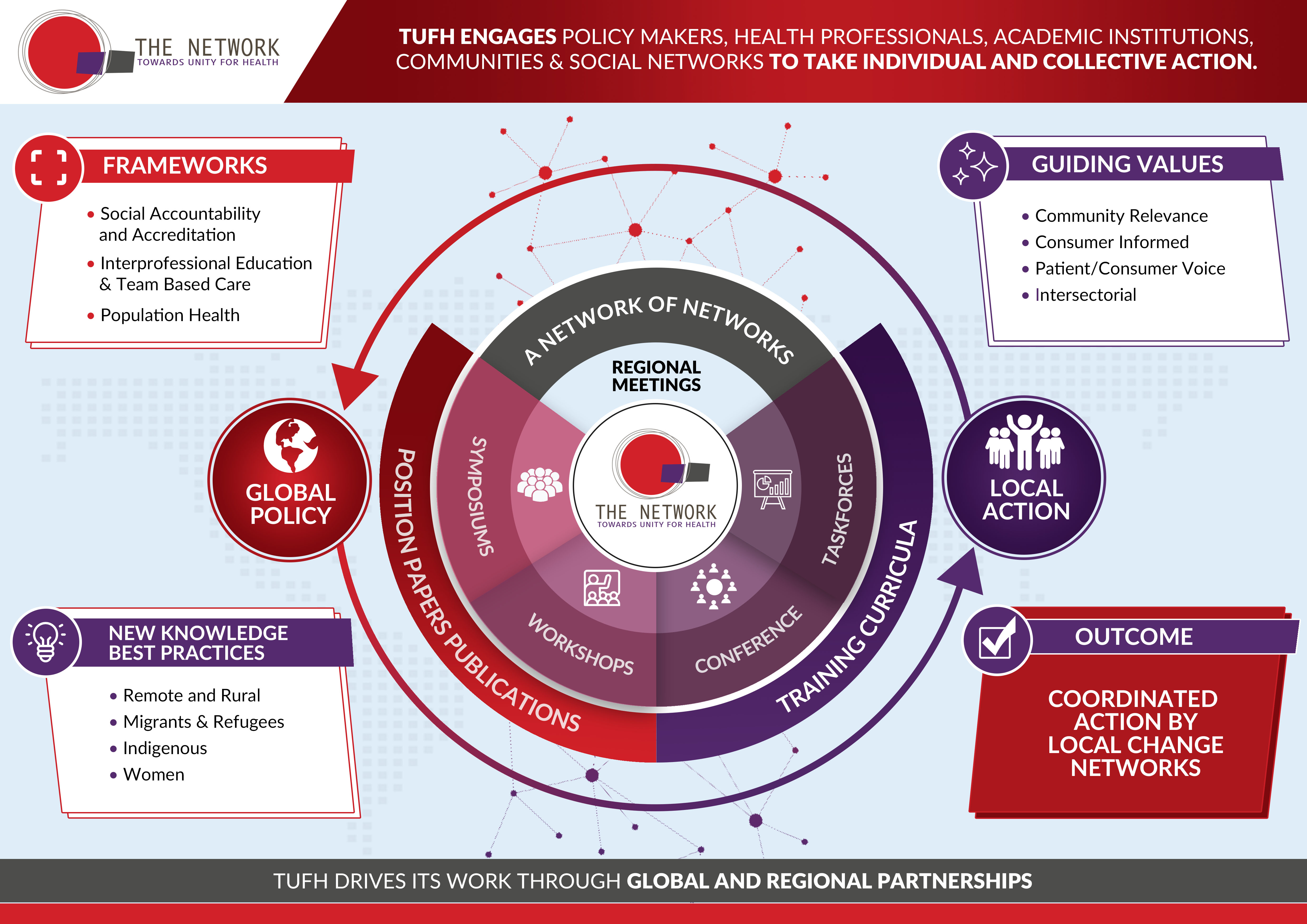Multi-Sectoral Mapping for Nutrition (MS4N) in Sindh, Pakistan
Keywords:
MIS, Multi sector Nutrition, Service Mapping, Service trekkingAbstract
Service mapping has gained increasing significance in development work during the last decade, partly due to growing public demand for measurement and accountability in the use of resources. In Pakistan, childhood stunting (42%), acute malnutrition (23%), anemia (53.7%), and other micronutrient deficiencies among the women and children of Pakistan remain persistently high. In response to this crisis-like situation, each provincial government for the first time drew up multi-sectoral, integrated nutrition programs. In 2016, Sindh, one of the four provinces, designed an “Accelerated Action Plan (AAP) for Reduction of the Stunting and Malnutrition” whereby nutrition specific and sensitive strategies of eight sectors (Agriculture, Health, Education, Social Welfare, Population Welfare, Livestock, Fisheries and WASH) are integrated at all levels from the province to the district.
In response to address the need of M&E and Multi sectoral nutrition, a Multi-Sectoral Mapping for Nutrition (MS4N) - a computer based interactive system is being developed. The primary objective of the MSM4N is to strengthen nutrition surveillance systems and to streamline services (input) by each implementing partner. MSM4N is expected to be user friendly, robust, and capable of fostering multi-sectoral collaboration and complex system-wide problem solving. Specifically, it will help in identifying gaps and duplication of inputs within districts by mapping services (input) at all levels from province to village, and visually presenting these by sector and by implementing partners. Hence, offering a detailed mapping of stakeholders, their interventions, geographical and population coverage for decision making within the province.
Despite that the innovation is still a work in progress; we were able to document several key lessons. Firstly, only socially desirable, economically feasible and institutionally viable are sustainable solutions. Second, the quality of service delivery also suffers from inadequate attention to legislative obligations and compliance control. For MIS, it is important to have Standardization, particularly in nomenclature, data coding and classification systems enables accurate capturing of data and leads to good reporting, thus making the content more beneficial. Finally, users- in this case province and district based programme staff and managers- must drive MIS, not the data collectors. This means that users need to be educated and enabled in demanding both control, administrative and inferential tabulations, that inform decision-making.
Downloads
Published
How to Cite
Issue
Section
License
Copyright (c) 2020 Social Innovations Journal

This work is licensed under a Creative Commons Attribution-NonCommercial-NoDerivatives 4.0 International License.
The Social Innovations Journal permits the Creative Commons License:
CC Attribution-NonCommercial-NoDerivatives 4.0
Under the following terms:
-
Attribution — You must give appropriate credit, provide a link to the license, and indicate if changes were made. You may do so in any reasonable manner, but not in any way that suggests the licensor endorses you or your use.
-
NonCommercial — You may not use the material for commercial purposes.
-
NoDerivatives — If you remix, transform, or build upon the material, you may not distribute the modified material.
- No additional restrictions — You may not apply legal terms or technological measures that legally restrict others from doing anything the license permits.
Notices:
- You do not have to comply with the license for elements of the material in the public domain or where your use is permitted by an applicable exception or limitation.
- No warranties are given. The license may not give you all of the permissions necessary for your intended use. For example, other rights such as publicity, privacy, or moral rights may limit how you use the material
Copyright and Publishing Rights
For the licenses indicated above, authors retain the copyright and full publishing rights without restrictions.





